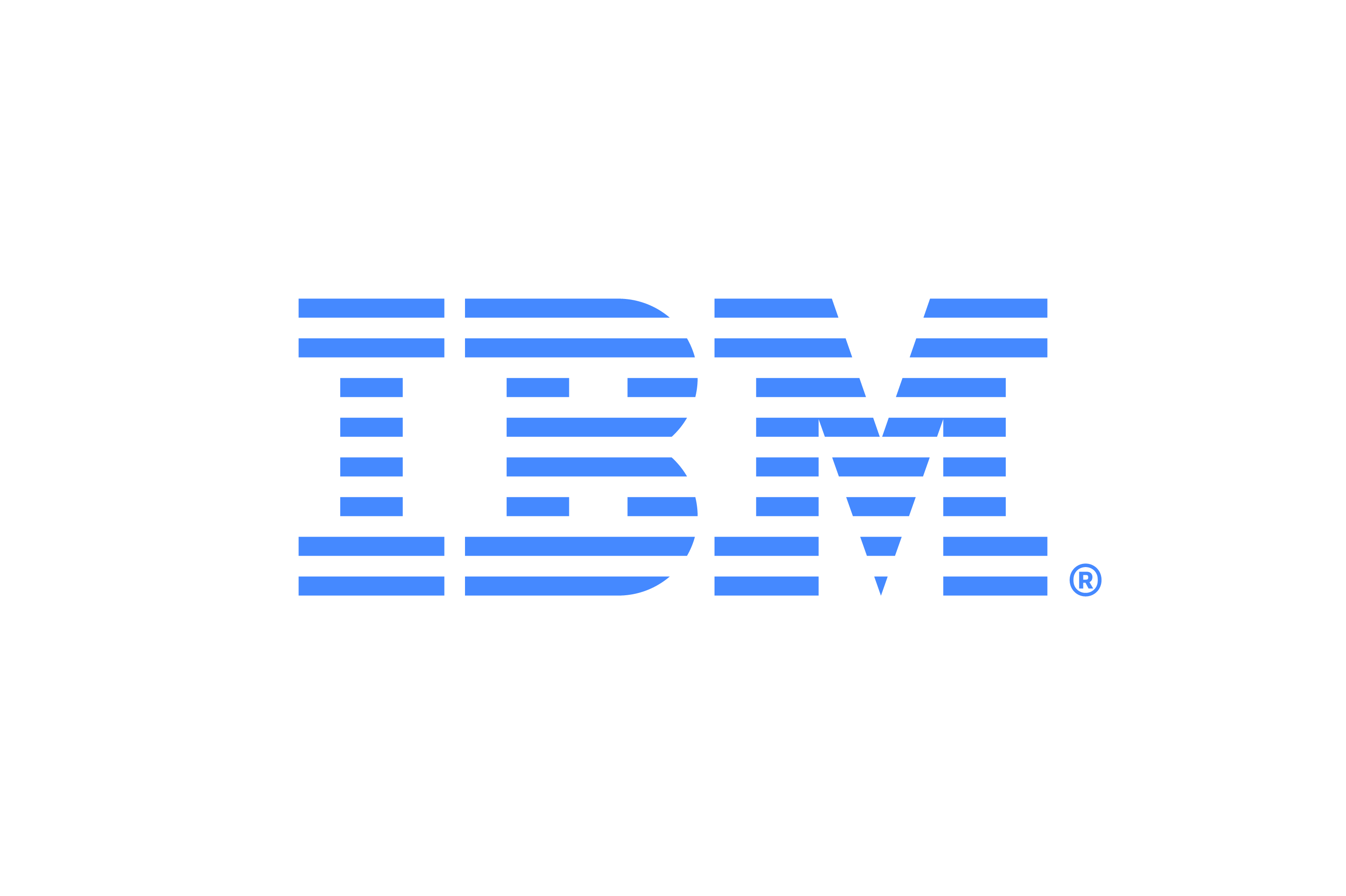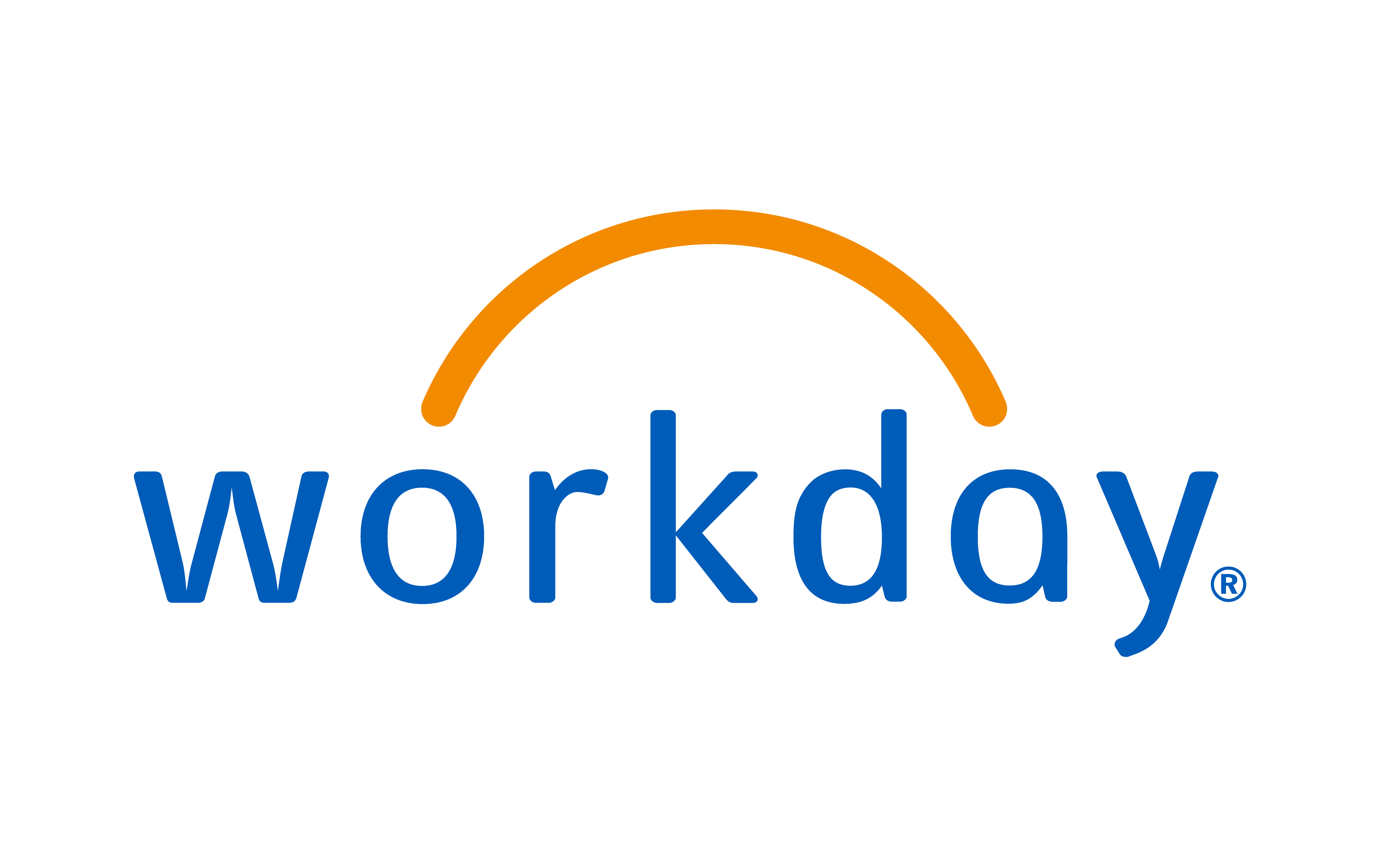
It’s not easy for a CEO to gain a line of sight on where the next wave of significant change will occur. Tried and tested models for going to market can be knocked-out by a sudden switch in customer behaviour, new technology or competitors rising up from other sectors to usurp market share. What’s different about the dynamics of disruption is the pace at which it happens.
Criticaleye’s third CEO Retreat, held in association with Accenture and supported by executive search firm Warren Partners, examined how the leaders of global organisations are seeking to develop a winning response to such a volatile environment.
“Arrogance is a luxury of the past – you need an eye to the future and a governance model that can adapt,” said Neil Berkett, Non-executive Chairman of Guardian Media Group (GMG). “Organisations need to be balanced, you can’t have a board or executive team made up of people who are all exactly the same.”
The transformative impact of new digital capabilities, from interactive marketing, data and analytics, to mobility and the cloud, continue to be regarded as a challenge for senior executives and non-executive directors. “Boards need to think digitally,” added Neil. “It’s not about crossing that executive line, it’s about being informed. [Every director] needs to be digitally literate today, you can’t just bring in one digital person, that won’t work.”
Oliver Benzecry, Managing Director of UK & Ireland at Accenture, commented: “On the outside digital is changing business models and the way companies interact with customers and supply chains. On the inside it’s affecting employees, mind-set and culture. We are moving into a world where companies are digital enterprises, where it permeates end-to-end.”
As a result, organisations have to be quicker in how they approach innovation and seek to go to market. “Strategy is changing,” he continued. “It’s not about debating for ages and setting a direction for the next five years, it’s about prototyping [at] pace.”
Fit for purpose
The priority for executive teams is to articulate how customer expectations are changing and what a business must do to meet them. Once that has happened, the hard part will be to identify the blockers within the organisation.
Tony Cocker, Chief Executive of energy company E.ON UK, said: “It’s vital that everyone in the organisation understands where you are going. Most of the middle management are not digital natives and some may have been doing things in an analogue way for 20 years.
“You need to make sure change doesn’t get stuck in middle management [and] help [them] to understand [what’s happening].”
It was suggested that a Chief Digital Officer (CDO) could make a difference. “Digital drivers have been set from the top down,” said Steven Cooper, CEO of Personal Banking at Barclays. “In terms of structures, the challenge we had was to change some of the management processes and there were hard choices to be made. We brought in some real digital natives who, frankly, disrupted the organisation internally – we had given them the space to do that.”
Steven explained how a Head of Digital was hired, which meant the ‘nuts and bolts people’ who were focused on processes, had someone come in and examine a customer’s digital journey: “That was not a pleasant ride in the short term and we lost some people as there were individuals who thought: ‘I can’t relate to this.’ But it was what the organisation needed to do.”
By contrast, Lynne Embleton, Director of Strategy and Managing Director of Gatwick for British Airways, was “a little sceptical” about such a role, as she said “the most important thing is that all the leaders and management get digital, and don’t assume it’s someone else’s job”.
Curious minds
A recurring theme was the need for joined-up thinking in the higher echelons of an organisation. Bal Samra, BBC Commercial Director and Managing Director of BBC Television, said: “Sometimes you find the challenge is at the top of the business units… while people working on real things across units actually embrace change.”
It’s the responsibility of senior executives to find a way to build consensus. “In large organisations, an effective leader will be someone who can glue and curate conversations – often you are trying to bind different elements together to make stuff happen,” Bal added.
Charlie Wagstaff, Managing Director of Executive Membership at Criticaleye, observed that it’s up to senior executives – if they’re going to be able to inspire in times of extreme uncertainty – to move out of their comfort zones, expanding both their knowledge and experience.
“Business models are changing constantly; leaders must have courage when it comes to learning about how to deal with that,” he said.
This, in turn, is another reason why non-executive directors need to stay informed. Joëlle Warren, Executive Chairman of Warren Partners, said: “Do boards really understand the risks inherent in digital plans being articulated by executives? You need to be financially literate as a NED, but increasingly we’re seeing the need for digital literacy too.”
The balance of skills and insights has to be right and organisations ought to be able to assess candidly whether those at the highest levels are capable of providing what’s required. “The culture of many boardrooms is perhaps too hierarchical and too staid for some of the individuals who currently possess digital expertise and insight,” continued Joëlle.
Executive and non-executive directors who feel that none of this applies to them are playing a dangerous game. Matthew Smith, Global Head of Market Development for the Internet of Things at Cisco Systems, warned: “40 per cent of Fortune 500 companies won’t be in existence in 10 years’ time. The main reasons will be missing market transitions; doing the right thing for too long; failing to reinvent themselves or losing sight of what their customers need.”
As Neil of GMG put it: “Digital is compressing time and space and making us more global; it’s making everything happen faster.”
I hope to see you soon.
Matthew
https://twitter.com/criticaleyeUK










 (002).png)















